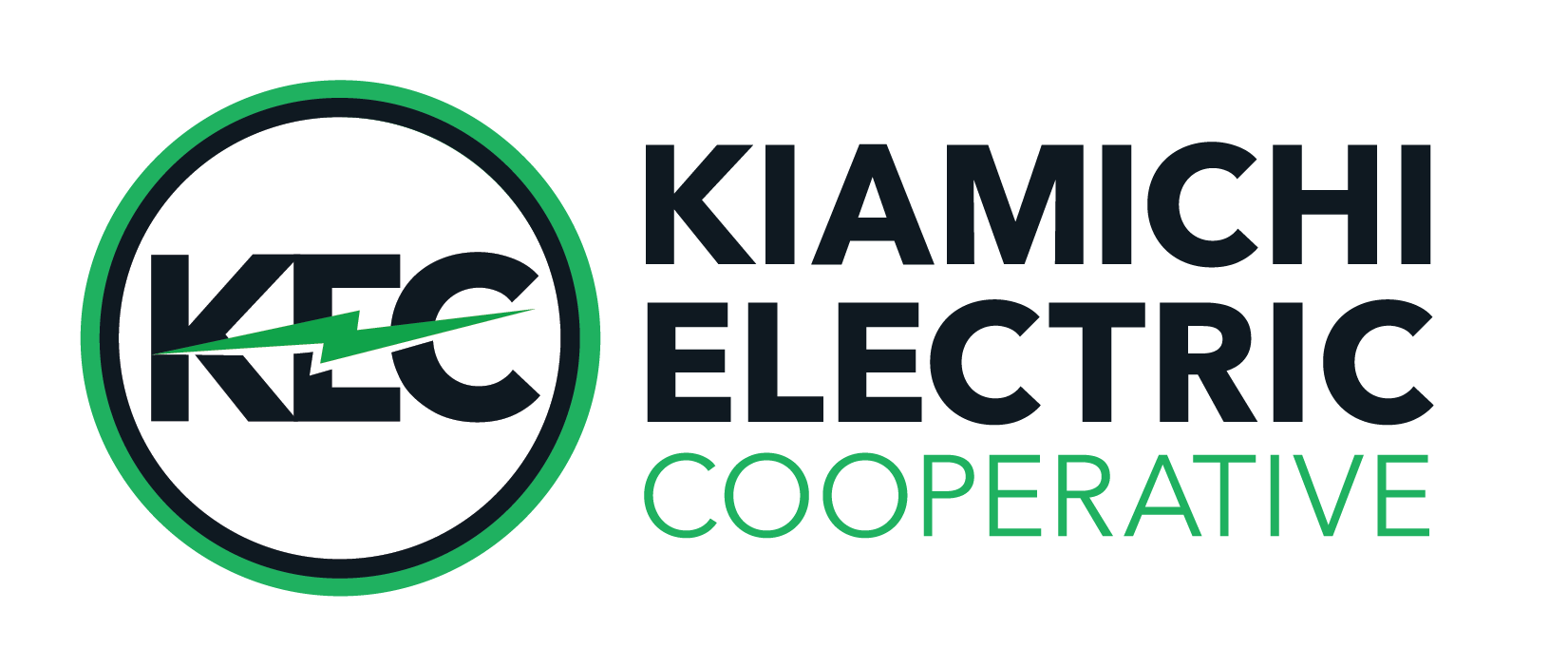Can I save money by installing a solar energy system?
This question is being asked more and more as members look for ways to reduce energy costs. The answer is maybe, depending on many factors, and how fast you want to see a return on your investment.
Start with energy efficiency
Before installing a solar energy system, consider reducing your energy use by making your home more energy efficient. Many energy efficiency measures have a faster return on investment, and the initial investment is less than that of a renewable energy system. Contact your local electric cooperative for energy efficiency rebates as well.
Is solar energy right for me?
If you have made your home as energy efficient as possible and now want to install a solar energy system, contact your electric cooperative in the initial planning stages. Conduct thorough research on all aspects of any system before making the investment. Determine what your goal of the system is. For example, do you want to install solar energy because you believe it is the right thing to do? Or are you looking to save money? If you want to save money, carefully examine all the financial considerations first.
Financial Considerations
When evaluating the potential of installing a solar electric system at a home or business, considerations should include:
Solar access: Oklahoma is fairly good in comparison to other parts of the country. Site specific access depends on installing the system so it is not shaded. See your location on the back page map for average output.
Retail cost of residential electricity: Oklahoma is low in comparison to many other parts of the country. A lower electric rate makes the return on investment length longer than a higher electric rate.
Available incentives: Solar energy systems may qualify for a federal tax credit of 30 percent until 2019, 26 percent in 2020 and 22 percent in 2021.
The total cost of the system: The average installed cost of residential solar photovoltaic (PV) is $2.89/watt, or $28,900 for a 10-kilowatt grid tie-in system.1 In addition, there may be other costs to consider, such as liability, homeowners’ insurance and property taxes.
The energy that is produced off a solar system that isn’t consumed will be credited back to the member based on KEC’s power suppliers’ avoided cost. This information can be found here.
Given the information listed above, evaluate your situation to ensure installing a solar system makes sense financially for you. Talk to your electric cooperative and qualified, reputable solar contractors to help evaluate your feasibility for solar energy.
Oklahoma photovoltaic solar resource
Solar Guide for Homeowners →
This map is measured in kilowatt-hours per square meter per day (KWh/m2/day), which represents insolation, The total energy on a surface over a specific time interval. Examples use the location’s solar resource to determine average output and savings per year, and were calculated using the National Renewable Energy Laboratory’s (NREL) PV Watts calculator using default settings, including inverter efficiency of 96 percent. For more information, visit pvwatts.nrel.gov.
Your output may vary depending on site specific factors and regular maintenance such as washing the panels several times per year. Output also may drop about 1 percent per year through the average 20-25 year lifespan of most systems.


